Explore the best places
Heritage in Portugal
Igreja Matriz de Serraquinhos
- heritage
Ladeira do Forno
5470-465, Montalegre
Church fenced by an andiron in iron, presenting a side door Windows on the right side and a small window on the main portal. At the top, stands a small cross.
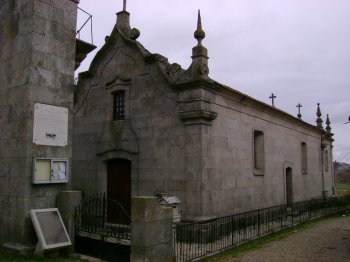
Igreja Matriz de Viade de Baixo
- heritage
Rua do Quintão
5470-528, Montalegre
The Church of Santa Maria de Viade is one of the oldest Churches of Barroso. It has Romanesque traces. Has a dog that indicates the limit of the first construction of the Church. Later, due to increased population, this church underwent various additions, being an example of this the altar and the atrium. You can also verify that the Bell was on the main facade, due to wear and tear that can be seen on the wall, caused by gramalheira (iron chain) that was used to ring the Bell. The stone, with Romanesque traces, found on the main door has …
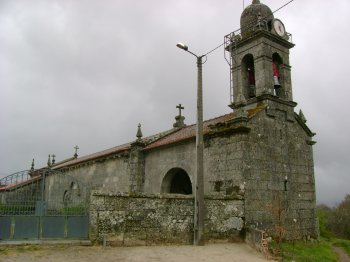
Ponte Velha de Cabril
- heritage
Cabril
5470-013, Montalegre
Roman bridge of solid masonry construction of granite, dating from the Medieval period. Features a round arch erected with a care unit isódomo, which wins a gap about two feet wide. The Board rises in easel and the bow is heavily consolidated on the banks through two divergent pegões. The pavement consists of regular slabs and has no guards. It lies on the river Cabril, being most of the year submerged, with only noted when the water levels of the albufeira de Salamonde descend.
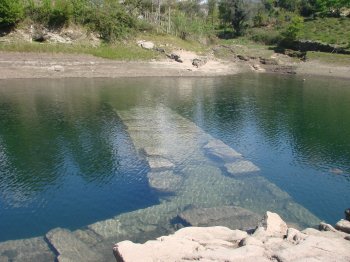
Pedra d'Água
- heritage
Rua da Pedra d'Água
5470-020, Montalegre
Monolith of granite, with the top flattened and supported by a base in cement, (recently modified, because the previous one was quite eroded by erosion) which gives it the shape of a mushroom. Has a roughly circular format with about 1.45 meters in diameter. At the top were plowed several dimples, which are used as natural clock for sharing the waters of the village. Each of the dimples demarcated a family or group of fields. The different positions of the same causes are affected by solar shadows, marking thus the time of possession of the irrigated water. The different heights …

Edifício da Câmara Municipal de Montalegre
- heritage
Praça do Município
5470-210, Montalegre
Building dating from the early 19TH century, after being refurbished at the end of the Decade of 70. At this point, suffered profound changes in its structure, with emphasis on the advancement of the facade with coverage and balcony that opens on the terreiro do toural. Here they ran various social institutions, such as the finance, the Bureau of internal revenue, the offices of the Peneda-Gerês National Park, and the post office. In front of this building is the "gallows oak", where they were tragically punished criminals, until 1844.
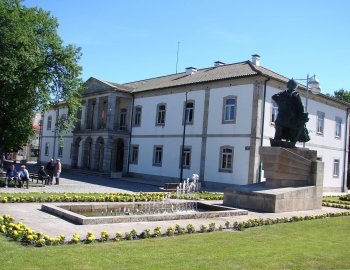
Marco Miliário de Cervos
- heritage
Arcos
5470-051, Cervos
Milestone anepígrafo from Pindo, arches, later being transferred to the school garden of deer. It is a medium-grained granite cylinder the rude, well cut out about one meter tall. Was fractured at the top, where there seem to be traces of letters. It is believed that signaled the Via XVII of the Antonine itinerary, which connected Bracara Augusta (Braga) to Asturica Augusta (Astorga) through Aquae Flaviae (Keys).
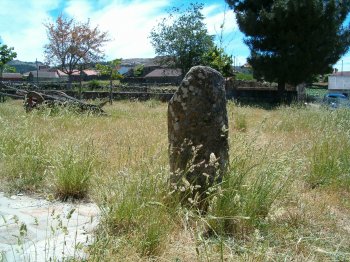
Marco Miliário de Cortiço
- heritage
Cortiço
5470-053, Cervos
Milestone of the Via XVII of the Antonine itinerary, which connected Bracara Augusta (Braga) to Asturica Augusta (Astorga) through Aquae Flaviae (Keys). It is a medium-grained granite cylinder the rude, well carved, with about 1.20 meters by one meter in maximum diameter, featuring some crosses recorded and one l. is currently supporting the porch of a house in the Centre of the village, and on the wall of the same House a fragment of milestone that possibly would be part of the previous one.
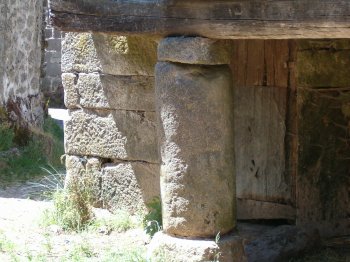
Cistas da Portela do Gorgulão
- heritage
Gorgulão
5470, Vila da Ponte
Set of two monuments that are believed to have been graves for adults, of which there is only the second. The first monument was an individual grave, CIST-type, built with slabs of local granite, with an approximate height of 0.50 meters and 1.5 meters in length. She was found in March 1931 when it carried out farm work on-site, owned three ceramic vases, fragmented at the time of the finding. Currently, no longer exists. The second the Gorgulão CIST was found in 1994, when the construction of the current accommodation "Cista", containing only a ceramic vase. Lateral slabs has approximately …
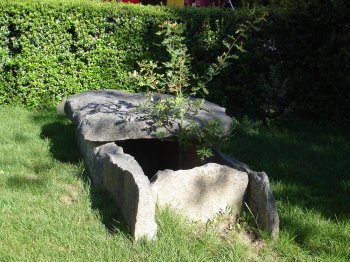
Calçada de Santa Marinha/ Penedo do Podão
- heritage
Vilar de Perdizes
5470-461, Vilar de Perdizes
Rail stretch of empedrado, which integrated the ancient Camino de Santa Marinha. The section is about 250 meters long by three meters wide average and is partially impassable, due to vegetation. Save paved with granite slabs, being clearly visible on some points parallel grooves, caused by the continuing passage of wheeled cars. The slabs that make up the sidewalk, are sometimes interrupted by granite outcrops to reinforce stability. In one of those rocks, and in the middle of the path axis is drawn a little trimmer, with E\/W direction, and is about 0.35 meters maximum length.

Via Romana XVII
- heritage
Pisões
5470-526, Viade de Baixo
Stretch of Roman road in the Via XVII of the Antonine itinerary. In this parish begins a few meters South of the bridge of nearby Cambela which was found a Roman funerary stele. On the way down to the bridge, saves a beautiful stretch of lajeado, whose brand of rotated is notorious. In Drosia, cross the former EN 116 km, where he kept a section of sidewalk. From dos Pisões is submerged by the Alto Rabagão albufeira to Villa de Mel, South from the top of Pedrouço. On the cross of Leiranque, place flooded by the reservoir, was found a …
